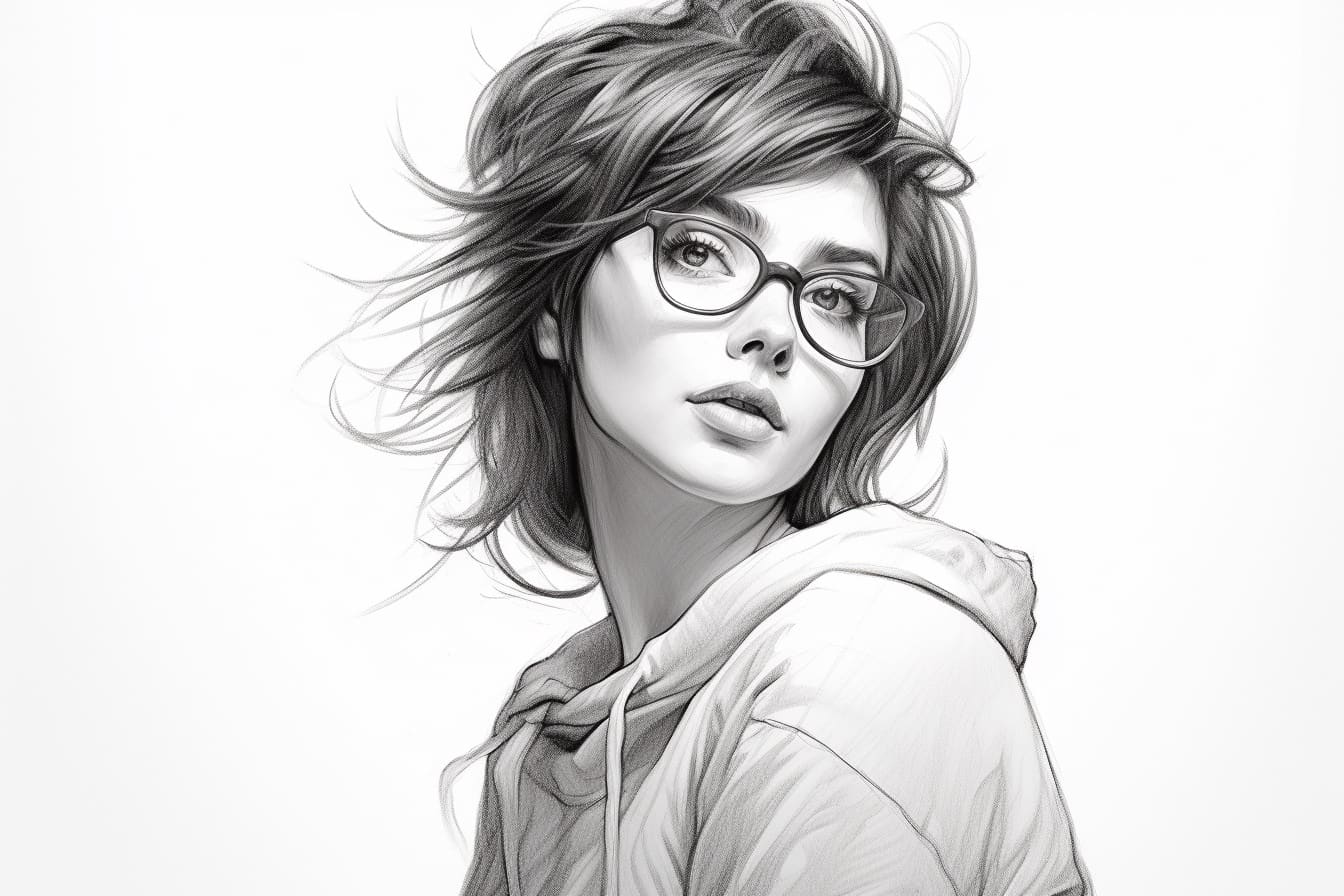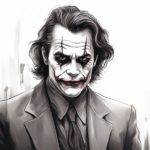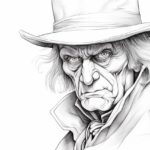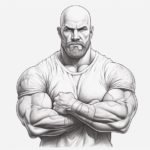Drawing is a foundational skill in the world of art, serving as the cornerstone of creativity and expression for artists of all levels and disciplines. Whether you are a beginner looking to develop your skills or an experienced artist seeking to refine your craft, the art of drawing offers endless opportunities for exploration and growth. In this journey of self-discovery and artistic expression, we will delve into the techniques, tools, and practices that will help you unlock your potential as a drawing artist. Join me as we embark on a creative journey filled with inspiration, learning, and the joy of creating art with nothing but a pencil and a blank canvas.
Materials Required
To draw a portrait of an artist, you will need the following materials:
- Drawing paper or sketchbook
- Pencils (various grades for shading)
- Eraser (preferably a kneaded eraser for clean corrections)
- Sharpener
- Drawing pens or markers (optional for outlining)
- Colored pencils or markers (optional for adding color)
- Reference photo of the artist
- Drawing board or surface to work on
- Good lighting to see your drawing clearly
- Patience and creativity to capture the essence of the artist’s features and personality.
How to Draw an Artist: a Step-by-step Guide
Step 1: Sketch the Basic Structure
Start by sketching the basic structure of the artist. Draw a circle for the head and then add a vertical line to indicate the body’s centerline. Add two lines for the neck and shoulders, and sketch an oval shape for the torso.
Step 2: Add the Facial Features
Draw the facial features of the artist. Add two almond shapes for the eyes, a curved line for the nose, and a smiling line for the mouth. Don’t forget to include the ears on the sides of the head.
Step 3: Outline the Hair and Hat
Sketch the hair of the artist. You can draw long flowing hair or a short haircut depending on your preference. Add a hat on top of the head if desired.
Step 4: Draw the Clothing
Outline the clothing of the artist. You can depict the artist wearing a smock, a beret, and holding a paintbrush and palette. Add details like pockets, buttons, and folds in the fabric.
Step 5: Add Details and Accessories
Add details to make the drawing more realistic. Draw the hands holding the paintbrush and palette. You can also add a scarf or jewelry for extra flair.
Step 6: Refine and Finalize
Refine the drawing by erasing any unnecessary lines and adding shading to give depth and dimension to the artist. Pay attention to light sources and shadows to make the drawing more realistic. Once you are satisfied with the drawing, you can add color using markers, colored pencils, or paint.
Conclusion
In conclusion, learning how to draw an artist can be a rewarding and fulfilling experience for any aspiring artist. By following the step-by-step guide provided in this article, you can develop your skills in capturing the unique characteristics and creative spirit of an artist through your artwork. Remember to practice regularly, experiment with different techniques, and most importantly, have fun expressing your creativity on paper or canvas. Keep pushing yourself to improve, and you will undoubtedly see progress in your artistic abilities. Happy drawing!
Fun Facts About Artists
- Vincent van Gogh only sold one painting during his lifetime, “The Red Vineyard.”
- Leonardo da Vinci could write with one hand and draw with the other at the same time.
- Georgia O’Keeffe’s paintings often depict enlarged flowers, which have been interpreted as symbols of female genitalia.
- Salvador Dalí claimed that he received his artistic talent from his stillborn brother, who he believed was a reincarnation of himself.
- Frida Kahlo started painting while recovering from a bus accident that left her severely injured.
- Pablo Picasso was not only an accomplished painter but also a sculptor, printmaker, ceramicist, and stage designer.
- Jackson Pollock’s famous “drip paintings” were created by pouring and dripping paint onto canvases laid on the floor.
- Andy Warhol’s studio, known as The Factory, was a famous gathering place for artists, musicians, and celebrities in the 1960s.
- Claude Monet suffered from cataracts later in his life, which influenced his later series of water lily paintings with their blurry and abstract quality.
- Yayoi Kusama is known for her immersive art installations featuring polka dots and mirrors, which she calls “Infinity Rooms.”









